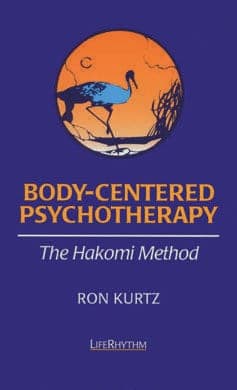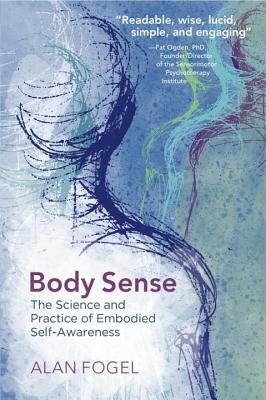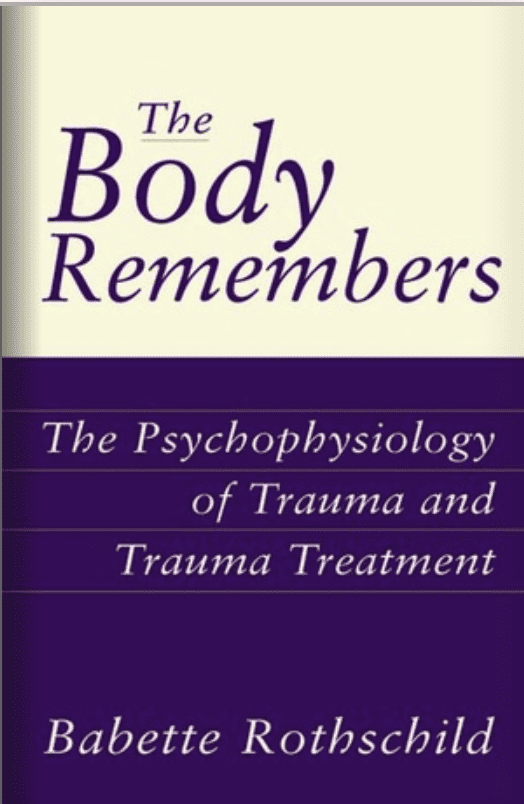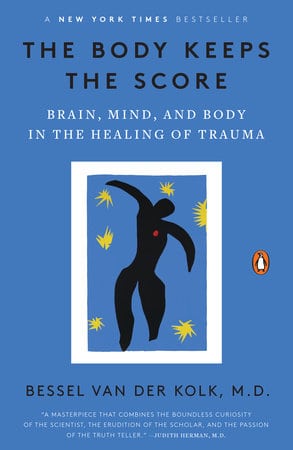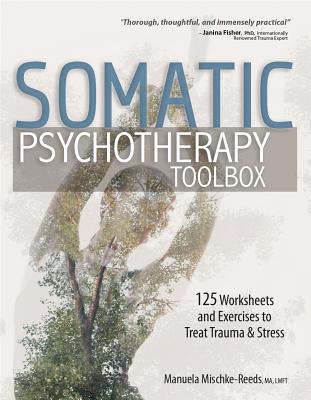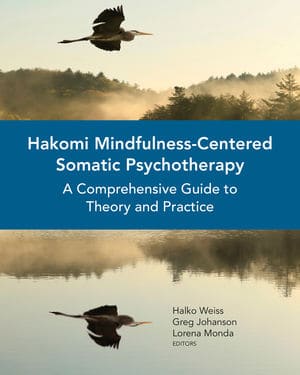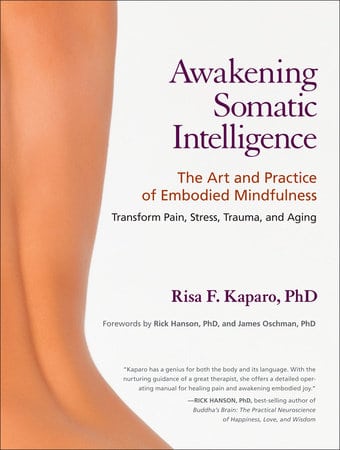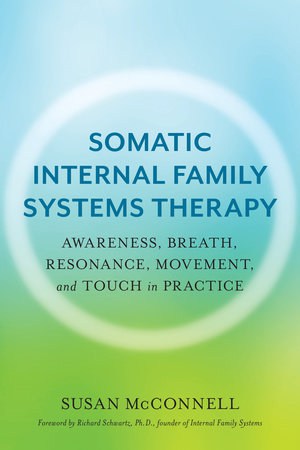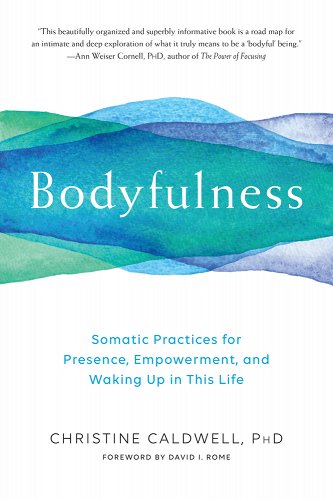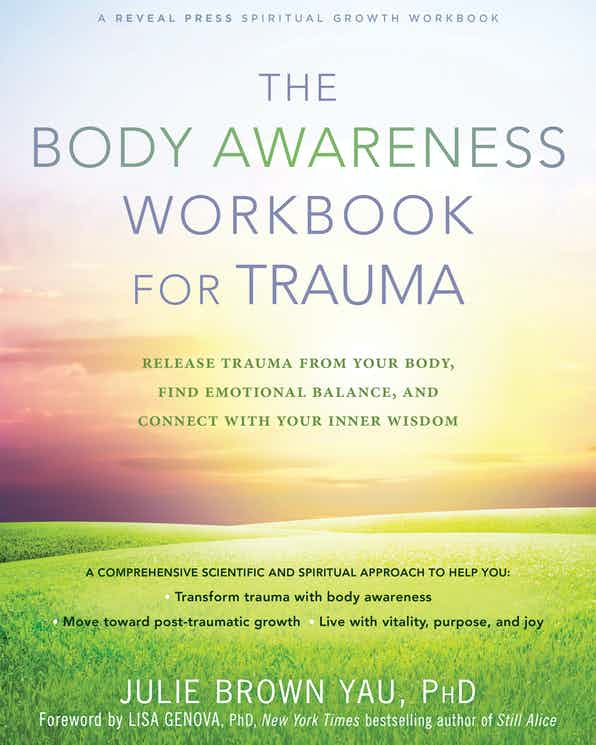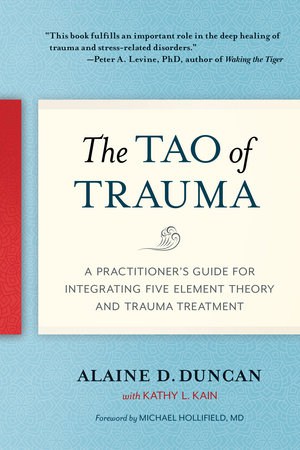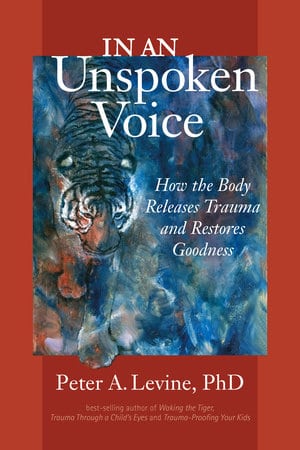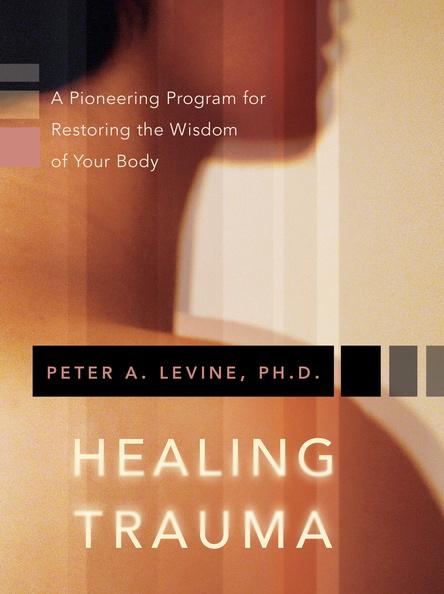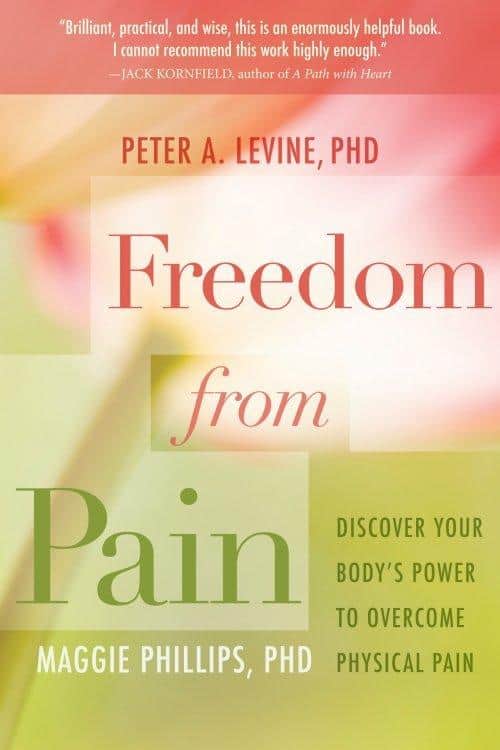Body Work
Somatic Therapy: Overview and Effectiveness
THC Editorial Team September 22, 2021

Contents
- Overview
- What Is Somatic Therapy?
- Types of Somatic Psychotherapy
- How Does It Work?
- Conditions Commonly Treated With Somatic Psychotherapies
- Potential Benefits of Somatic Psychotherapy
- Effectiveness of Somatic Psychotherapy
- Summary and Outlook
Many forms of psychotherapy focus solely on the mind, where practitioners believe many problems originate. However, research has shown that trauma and other experiences that produce negative emotions can dramatically affect other areas of the human body.1 The field of somatic psychotherapy is founded on the notion that emotions can get stuck within some body regions, resulting in physical complaints such as tension, poor posture, and chronic pain.2 Although therapies that focus predominantly on the mind can help individuals identify and overcome—both cognitively and emotionally—distressing conditions, treatment approaches that include the mind, body, and spirit, like somatic psychotherapy, add body awareness and movement to act as a bridge between the mind and body.
What Is Somatic Therapy?
Somatic psychotherapy, sometimes called body psychotherapy, bodywork, body-oriented psychotherapy, body-focused therapy, or somatic therapy, is a holistic approach in which practitioners use the connection between the mind and body, and, in some cases, the spirit, to promote both emotional and physical healing.3
Somatic psychotherapy posits that people who receive this treatment can heal more effectively than those who receive only traditional talk therapy, which does not engage these entrenched bodily memories.1
Types of Somatic Psychotherapy
Many forms of somatic psychotherapy exist. Some forms focus primarily on body awareness and movement, and others combine body-centric therapies with cognitive therapies for enhanced results. Although several forms may seem to overlap, the various types of somatic psychotherapy are mostly distinct; they use different approaches and strategies to achieve their goal of integrating mind and body to heal.
Forms of somatic psychotherapy include the following:4,5
- somatic experiencing (SE)
- Hakomi therapy
- sensorimotor psychotherapy
- bioenergetic analysis
- core energetics
- biodynamic psychotherapy
- eye movement desensitization and reprocessing (EMDR)
- Pesso Boyden System Psychomotor (PBSP)
- breathwork
- relaxation therapies
- affect-focused body psychotherapy
- body awareness group therapy
- body-oriented group psychotherapy
- emotional freedom techniques
- thought field therapy
- healing touch
- therapeutic touch
- the Dejian mind–body intervention
- Dohsa-hou relaxation
- progressive muscle relaxation
- psychomotricity
- dance movement therapy
- concentrative movement therapy
- functional relaxation
- yoga
- tai chi
- eutony
- the Feldenkrais method
- Rolfing
- character-analytic vegetotherapy
- shiatsu
In what follows are some of the more popular and well-researched forms of somatic psychotherapy.
Somatic Experiencing
SE is a mind–body approach to psychotherapy developed by Peter A. Levine, founder and president of the Ergos Institute of Somatic Education. SE is a form of trauma resolution that helps individuals discover where in their bodies they hold residual tension related to prior traumatic events. It teaches people how to relieve trapped emotional and bodily sensations and to self-regulate through developing inner sensory resources.4
Hakomi Therapy
Hakomi therapy, also known as the Hakomi method, is a mindful, body-centered approach to psychotherapy that uses experiential techniques such as mindfulness, touch, and somatic awareness to encourage positive individual transformation and growth. This approach is facilitated by a trained therapist who uses direct statements, observations, and often physical touch to access unconscious core materials—such as a person’s memories, beliefs, emotions, and perspectives—inform a person’s character and limit their goals.6
Sensorimotor Psychotherapy
Sensorimotor psychotherapy draws from psychodynamic therapy, cognitive behavioral therapy, attachment theory, neuroscience, and mindfulness. Using the body as the primary entry point, it addresses the effects of trauma on the body to allow for the improved emotional and cognitive processing of trauma.7 Like SE, this form of therapy helps individuals develop inner resources through somatic awareness and processing.8
Bioenergetic Analysis
Bioenergetic analysis was first developed in the 1950s by Wilhelm Reich, a student of Sigmund Freud, and was one of the first popular somatic psychotherapy techniques. A core tenet of this therapy is “character armoring,” which is the idea that emotionally traumatic events, often from childhood, cause certain muscle groups to tense as a way of protecting oneself. The bioenergetic therapist can then analyze this tension to understand the client’s personality and emotional difficulties.9
Core Energetics
Core energetics uses movement to create a balance in energy between the mind, body, and spirit. Based on bioenergetic analysis, it was developed by a student of Reich, John Pierrakos.9 This approach employs physical exercises, deep breathing, catharsis, and self-massage to release energy blockages, express one’s feelings, and contact one’s essence.10
Biodynamic Psychotherapy
This is a holistic approach that Gerda Boyesen developed in Europe in the 1960s and 1970s. Boyesen was inspired by Reich’s writings, particularly those regarding bioenergetic analysis. Biodynamic psychotherapy has three phases: feeling, understanding, and letting go. It focuses on energy, chakras, and the collective human unconscious. Some techniques used with this therapy are developed from Swedish massage and involve skin-to-skin contact and manipulation.11
Eye Movement Desensitization and Reprocessing
EMDR is a form of therapy designed to help people directly access distressing memories and process any lingering trauma associated with them. In this form of somatic psychotherapy, therapists prompt bilateral, rapid eye movements in patients to help them neurologically process traumatic experiences to release trapped negative emotions.12
Pesso Boyden System Psychomotor
PBSP is a form of group therapy that enables the reenactment of traumatic events. In PBSP, a practitioner will ask questions to prompt individuals to gain a deeper understanding of a negative situation. The group then reenacts the experience but substitutes a more positive outcome, which allows the individual to experience an act of triumph that promotes closure and more positive memories.13
How Does Somatic Psychotherapy Work?
Practitioners believe that trauma and other adverse events can disrupt the central nervous system, specifically the autonomic nervous system,14 and lead to unconscious, uncontrollable tension within the body. The autonomic nervous system, affect, and cognition all depend on white-matter pathways in the brain, which traumatic experiences can damage. Some research correlates this damage and the reduction in the function of the autonomic nervous system with the presence of mood disorders. A repressed autonomic function can make a person more vulnerable to posttraumatic stress disorder (PTSD) and depression as well.14 Somatic psychotherapy provides individuals with the tools they need to make the mind–body connection and overcome bodily symptoms affected by harmful emotional memories.
Somatic Psychotherapy Techniques
Several core tenets inform techniques in somatic psychotherapy:15
- Body awareness helps people understand the sensations they feel and where the sensations originate.
- Identifying their internal and external resources helps people realize whom they can lean on and the strengths and actions they can use in their treatment.
- Grounding techniques help people remain in the here and now when symptoms or memories become overwhelming.
- Learning how to use descriptive language allows people to identify their symptoms more accurately and get to the root of the problem.
- Physical movement allows people to better develop the mind–body connection by encouraging them to mindfully consider the motivation behind their actions. Bodily movements are also the key to the therapeutic benefits of this treatment because they provide insight into one’s past experiences.
- Self-calming measures help people better regulate their emotions.
- Titration, the process of slowly introducing mild distress to a client, enables the client to put new techniques into practice to note and rid themselves of the developing bodily tension. This is typically done through pendulation, which allows people to oscillate between feelings of calm and safety and small amounts of distress.
- An act of triumph allows individuals to provide an alternate, more positive ending to negative experiences.
- Sequencing, a form of body awareness, lets individuals focus on the movement and eventual release of tensions within the body. While focusing on their body as it dispels tension, the individual can feel the tension move up and out of their body. For example, the tension in one’s stomach might move to tightness in their throat and then to shaking hands before release.
- Setting boundaries is encouraged to protect oneself and avoid intrusions from undesirable and, at times, triggering people.16 As a client proceeds through therapy, their needs are likely to change. Updating and setting boundaries as they progress will empower the client, making them feel strong and protected.
In addition to these main focus areas, practitioners sometimes use therapeutic touch or massage to help provide calming comfort, increase trust, and build more positive relationships.17 However, some individuals, such as victims of sexual assault, may not benefit from this type of treatment as they may be reluctant to be touched by others.
What Conditions Are Commonly Treated With Somatic Psychotherapies?
Body-oriented psychotherapies are sometimes more effective for conditions that emphasize the body and those for which success from talk therapy might be challenging to achieve. Some of these conditions include trauma-related disorders, eating disorders, schizophrenia, alexithymia (challenges in expressing feelings and emotions), and somatoform or medically unexplained conditions.5
Treatment with somatic psychotherapy has been extensively researched for only a few conditions. However, this form of treatment can be helpful for many other conditions as either an alternative treatment or in combination with traditional cognitive therapies.4
Somatic psychotherapy has been used to treat conditions such as the following:4,8
The Potential Benefits of Somatic Psychotherapy
Practitioners most commonly use somatic psychotherapy to help people release tension and transform the physical and emotional effects of trauma.14 However, it can also help people with certain disorders, like PTSD and anxiety, improve their symptoms and increase their emotional regulation.8 Consequently, those who receive this type of therapy may be able to develop stronger connections between their cognitive and emotional experiences and with others.
Research has indicated some further potential benefits of somatic psychotherapies:4,8
- body awareness
- higher levels of general functioning
- better sense of well-being
- reduced anxiety
- reduced blood pressure
- reduced heart rate
- reduced depression
- increased focus
- reduced pain
- reduced stress
- increased hope
- increased resilience
- increased confidence
The Effectiveness of Somatic Psychotherapy
Although there is much anecdotal support for the effectiveness of body-oriented psychotherapies, the research base is still relatively limited. Some types and applications of somatic psychotherapy have been studied more intently than others.18
Trauma Research
Perhaps the most commonly researched conditions treated with somatic psychotherapy involve trauma. Several studies have shown positive effects among those who have PTSD. For instance, a small research study from St. Catherine University showed that somatic psychotherapy provided positive results for first responders routinely exposed to traumatic events. The first responders chose to remain in therapy after the initial session, and after just one or two sessions, over half of the participants reported a reduction in symptoms.19 Additionally, a 2017 study in Israel showed that when participants were treated with somatic psychotherapy over 15 weekly 1-hr sessions, PTSD patients had reductions in symptoms of PTSD and depression.20 It is important to note that study participants all met the Diagnostic and Statistical Manual of Mental Disorders (4th edition, text revision) diagnostic criteria for PTSD.
Other promising studies included those for anxiety and depression. One article details the case study of two clients who had deeply traumatic experiences and their treatment with somatic psychotherapy. Both the clients and their therapists evaluated the result of the therapeutic intervention to be a newfound feeling of calm and an increase in overall well-being.9 In another case study, somatic psychotherapy enabled a client whose childhood trauma and neglect were manifesting in anger, anxiety, and panic attacks to redirect her anger and anxiety away from herself.21
Research Limitations
Empirical evidence supporting the effectiveness of somatic psychotherapy is necessary; a 2014 review of multiple studies demonstrating positive outcomes from somatic psychotherapy states that many of these investigations do not meet the empirical guidelines set forth by the American Psychological Association.4
However, many researchers question the viability of completing traditional scientific research on individuals with varying backgrounds and unique experiences that define their personalities at any given point in time, noting that it would be challenging to use double-blind studies due to the differences of each person when it comes to psychological concerns.18 Additionally, individuals and therapists may have differing views on what is considered a positive outcome, and this designation can be relative to each individual.
Summary and Outlook
By examining the connection between the mind and the body rather than viewing them as two separate parts of a whole, therapists can help individuals heal using a holistic approach. Just as with cognitive treatments, somatic psychotherapy can take some time for individuals to see results. That said, somatic psychotherapy can be a powerful alternative to traditional talk therapy for some—particularly those who seek forms of therapy that are grounded in sensory experience.












